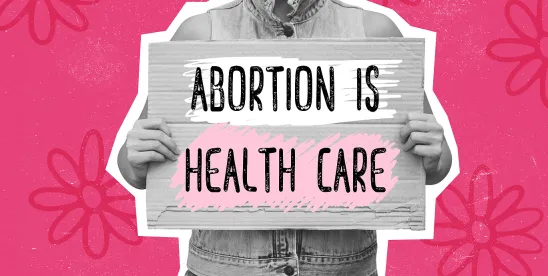Section 1557 of the Affordable Care Act (ACA) prohibits discrimination on the basis of race, color, national origin, sex, age or disability, or any combination thereof, in a health program or activity, any part of which is receiving federal financial assistance. On May 6, 2024, the US Department of Health and Human Services Office for Civil Rights (OCR) issued final regulations under Section 1557. For an overview of these regulations, please see our post available here.
In a recent post, we reported that the final regulations unambiguously prohibit categorical coverage exclusions or limitations for health services related to gender transition or other gender-affirming care. This, we predicted, is likely to result in a showdown involving the two dozen or so state laws that, among other things, limit gender-affirming care access. In this post, we take up the final regulations’ treatment of pregnancy and abortion. While a similar showdown over abortion is possible, it is (for the reasons set out below) less likely.
Rather than establish protected characteristics, Section 1557 instead cross-references four other civil rights statutes to define what discrimination is prohibited. These include Title VI of the Civil Rights Act of 1964, Title IX of the Education Amendments of 1972 (Title IX), the Age Discrimination Act of 1975 and Section 504 of the Rehabilitation Act. Notably, three of the cross-references (including Title IX) also contain the abbreviation “et seq.,” which captures the balance of the provisions constituting a given law.
An ongoing source of friction involving ACA Section 1557 is the cross-reference to the “religious exemption” in Title IX. This exemption permits conduct by a religiously controlled educational institution that might otherwise violate the statute’s requirements when the institution acts for a religious reason and compliance with the statute would conflict with a religious tenet. A subsequent amendment clarified that Title IX must be construed to neither require nor prohibit any person or entity to provide abortion-related benefits or services. This is referred to as “abortion neutrality.” The final regulations do not incorporate Title IX’s religious exemption or its abortion neutrality provision.
The final regulations define discrimination “on the basis of sex” to include pregnancy or related conditions. How this squares with abortion is addressed at some length in the preamble and the regulation itself:
- The decision not to import the Title IX religious exception does not compel any individual provider or covered entity with religious- or conscience-based objections to provide abortion or any other care to the extent doing so would conflict with a sincerely held belief.
- The ACA’s respect for federal laws applies. That law includes robust protections regarding conscience protection, willingness or refusal to provide abortion, and discrimination on the basis of the willingness or refusal “to provide, pay for, cover, or refer for abortion or to provide or participate in training to provide abortion.’’ In addition, “[i]nsofar as the application of any requirement under this part would violate applicable Federal protections for religious freedom and conscience, such application shall not be required.’’
- An exemption is provided for any portion of the rule that “would violate applicable Federal protections for religious freedom and conscience.” There is also an administrative process for recipients to seek an assurance of exemption in writing from the application of a provision of Section 1557.
The government has had a generally dismal record in defending challenges based on religious beliefs and conscience. The final regulations take a practical approach to the regulation of covered entities who seek religion- or conscience-based exemptions. The exemption for any portion of the rule that would violate applicable federal protections for religious freedom and conscience strikes us as well advised.
In the preamble, OCR concludes as a matter of statutory interpretation that Section 1557 does not require “the Department to incorporate the language of title IX’s abortion neutrality provision.” At the same time, it says that a covered provider’s decision not to provide abortions does not itself constitute discrimination in violation of Section 1557. Will the latter (i.e., the concession that a provider’s decision not to provide abortions does not itself constitute discrimination in violation of Section 1557) negate the former (i.e., the claim that there is no need to recognize Title IX’s abortion neutrality provision)?
Whether the final regulations’ approach will satisfy everyone remains to be seen.




 />i
/>i

